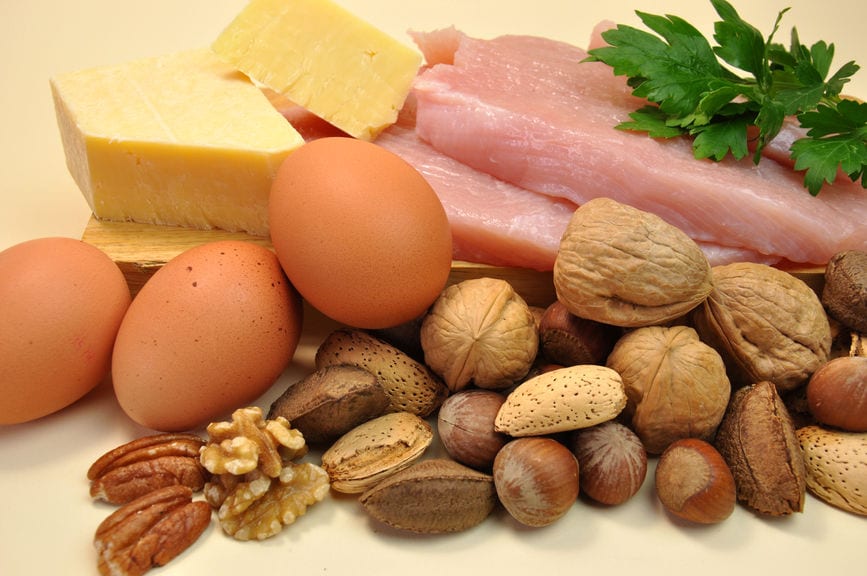
Protein lysate is a process that enables protein extraction as well as its purification. Protein lysate enables to extract protein in its native form. The protein so derived is completely intact and with full functionality. Protein lysate is essential for proteomics research. Lots of techniques help to achieve the best yield of protein.
Why is protein important?
- Proteins are essential to study cells and organisms.
- Proteins act as catalysts as they maintain the metabolism in the cell.
- They are the structural elements of cells.
- They serve as receptors responsible for sending information to the cell regarding the extracellular milieu.
- They act like signaling entities present inside the cell that can mediate the receptor’s effects.
- They are responsible for DNA recombination and replication.
- They are responsible for RNA editing and splicing.
- They determine whether mRNAs get transformed into proteins.
The Significance of protein lysate
Protein is a core study material. Development of most of the drugs depends on it. From the development of human insulin to vaccines and from cancer treatments to metabolic disorders treatment, protein plays an important role. Drugs should be made up of a single protein. They should be pure of contaminants. They should be able to produce allergic reactions and other effects. On the other hand, every protein in our body is chemically distinct. Protein lysate allows the research and development work in medical and research department. Biochemists study the structures and activities. They develop new drugs and treatments. Thus, protein lysate is very important.
Sources for protein extraction
Protein can be extracted from many sources. Some of them are mentioned below.
- Mammalian cells,
- Body fluids,
- Tissues,
- Cells of bacteria, yeast, mammals, insects,
- Plant cells,
- Hybridoma cells
Factors
Protein isolation procedure depends on the following factors.
- Sample,
- Protein yield that is required,
- Location of the protein of interest
Applications
- Reporter assays
- Gel shift assays
- Enzyme-linked immunosorbent assay
- Immunoprecipitation
- Western blotting
Cell disruption method
Cell lysis is essential to obtain protein yield. Cell lysis method can be broadly divided into two categories. One is physical disruption and the other one is a reagent-based method. Nowadays detergent-based lysis methods are used. Detergent solutions are made up of buffers, reducing agents, and salts. They have detergents in particular concentration and are of a certain type. These kinds of solutions are best to derive results for certain types of cells of particular species. They have solubilizing as well as lysing properties.
Purification
Once the protein is extracted, it needs to be purified. Purification process helps in removal of contaminants. Sometimes the fraction may carry two proteins that bind together due to the presence of similarities in their density. It is very much possible that they may have different sizes. However, to obtain the protein of the required size for the purpose of the study, it is essential to get rid of unwanted protein and it can be achieved using another method of purification.
Summary
Protein lysate has given lots of scope for drug developers. Protein lysate has enabled the medical research department to get the best possible insights into treating various human diseases. It is a core study material, you can purchase at the following link www.biochain.com/products/protein/total-protein-lysate. Protein lysate is therefore popular as the development of most of the drugs depends on it.
